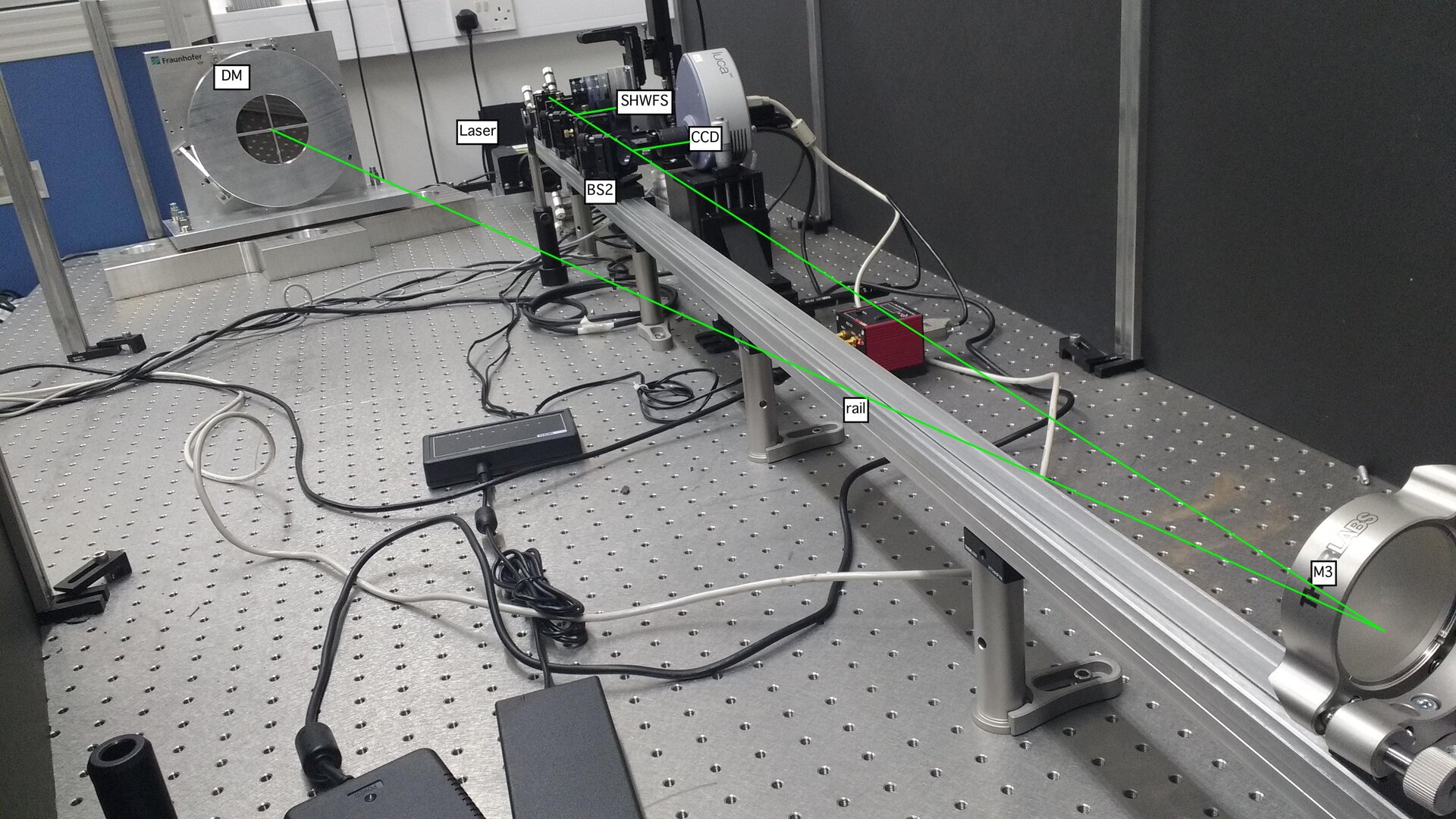Making ever bigger telescopes
The light collection power of a telescope is proportional to the area of the telescope. As a result, there is a strong drive to use increasingly larger telescopes. This does not only apply to groundbased astronomy, but certainly also to space- based telescopes, such as the largeaperture James Webb, with a segmented mirror of 6.5m.
As the launch cost and complexity is highly dependent on the mass of a payload, there is a strong drive for developing lightweight telescope structures.
A TDE activity with TNO Technical Sciences, in The Netherlands, aimed to develop an architecture that compensated for the optical aberrations induced by lightweight, large aperture telescopes by using active optics technology.
Besides aberration reduction, having an active correction system on-board also adds flexibility to the design and functionality of the telescope since it can facilitate a more compact telescope, reduce polishing demands and lower the probability of outage of the space telescope.
Within the scope of the study the sensing, the control and the correction systems of the Active Optics Correction Chain have been designed and verified with a breadboard sensing based on a combination of a Shack-Hartman wavefront sensor with wide field capabilities and a Phase Diversity wavefront sensor.
For the wavefront correction a deformable mirror has been designed using unique actuator technology and a manufacturing process confirmed. This new design offers high-linearity, low drift and a high-power efficiency.
Next, the activity will focus on testing and potentially improving the system and components with respect to space qualification. For instance, the deformable mirror has a high number of actuators that need to be space-qualified.
T716-404MM-B closed in December 2019.


